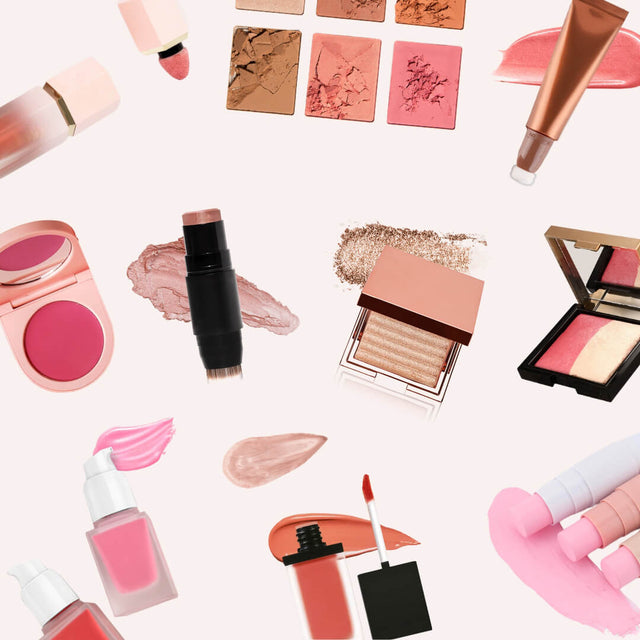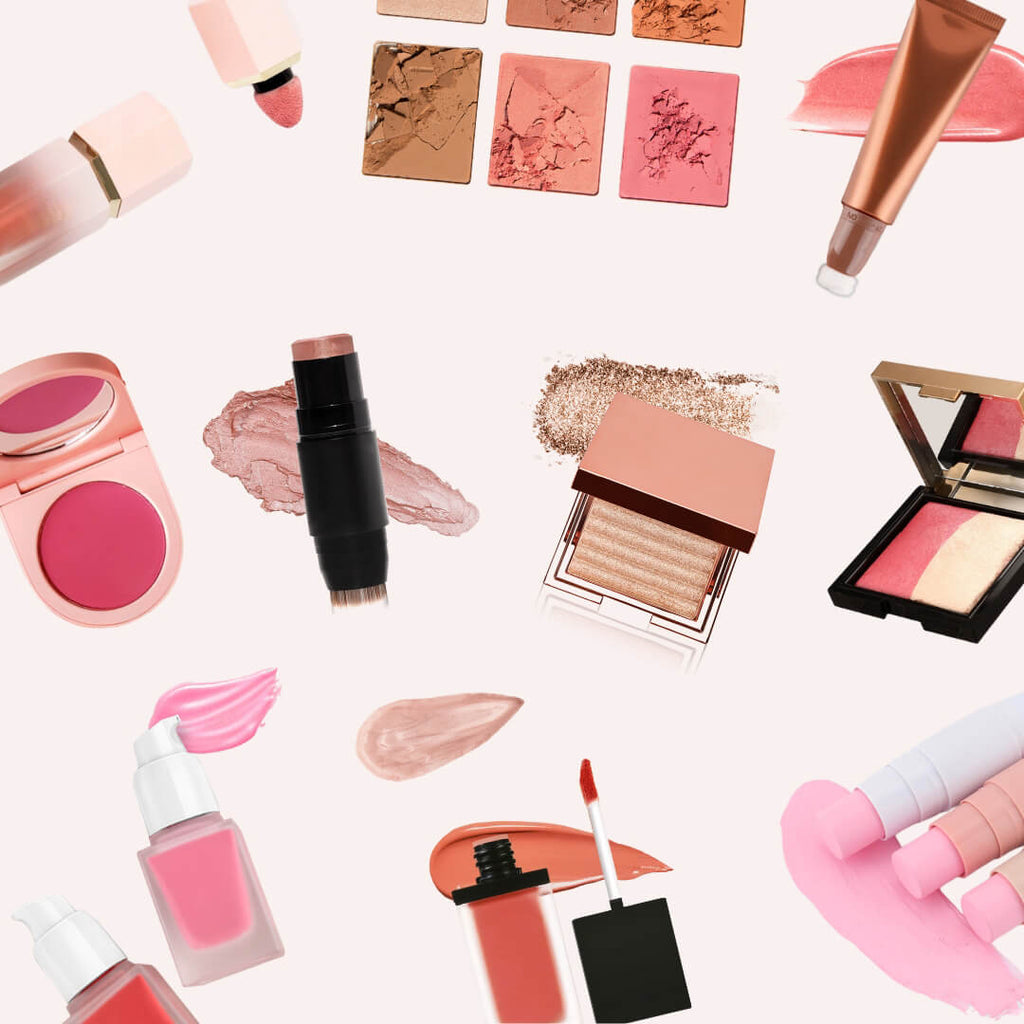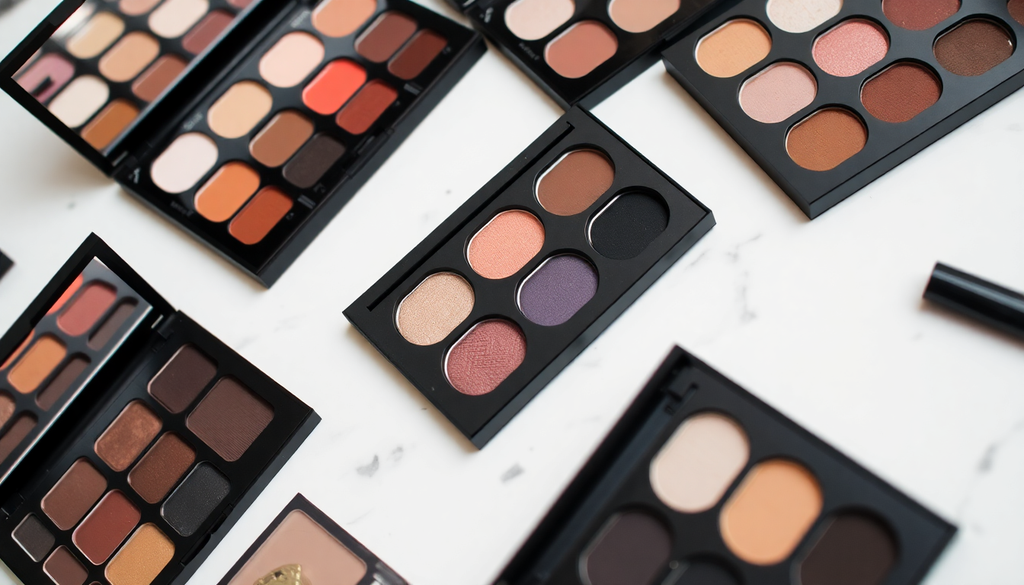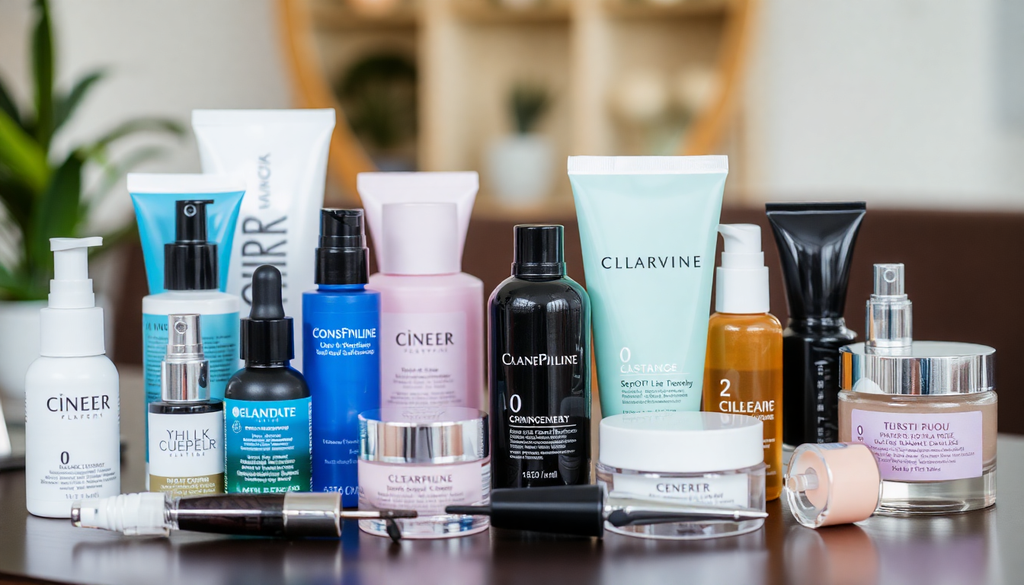
Essential Steps to Launch Your Makeup Brand Globally in 2025: Navigating Import Policies and Trendy Innovations in Key Markets
Introduction
In the dynamic world of beauty, launching a makeup brand in 2025 presents both challenges and immense opportunities. The global cosmetics market is projected to continue its growth trajectory, driven by evolving consumer preferences and technological advancements. However, to carve out a niche in this competitive landscape, entrepreneurs must navigate complex import policies, comply with regulations, and stay abreast of emerging trends. This comprehensive guide outlines the essential steps to successfully launch your makeup brand globally, providing insights into market-specific considerations and innovative strategies.
Step 1: Understanding Global Makeup Trends
Before you embark on your entrepreneurial journey, understanding the latest trends in the makeup industry is crucial. In 2025, several key trends are reshaping consumer behavior and expectations:
- Clean Beauty: The demand for clean beauty products is skyrocketing. Consumers are increasingly seeking formulas free from harmful chemicals, synthetic fragrances, and unnecessary additives. Brands that prioritize transparency in ingredient sourcing and sustainability in packaging will gain a competitive edge.
- Augmented Reality (AR) Try-Ons: With the rise of digital shopping, AR technology enables customers to virtually try on makeup products. Brands that incorporate this technology into their online platforms can enhance the shopping experience, reduce return rates, and increase customer satisfaction.
- Inclusivity: The push for inclusivity in makeup shades and products continues to grow. Brands that offer a diverse range of shades and cater to various skin tones will resonate with a broader audience.
- Minimalist Makeup: The trend towards minimalist makeup, emphasizing natural beauty with fewer products, is gaining traction. Brands that offer multifunctional products will appeal to consumers looking for simplicity.
- Personalization: Customized products based on individual preferences are becoming essential. Brands that leverage data to offer tailored recommendations will stand out in a crowded market.
Step 2: Researching Import Policies by Market
Understanding the import policies of each target market is crucial for compliance and successful product entry. Here’s a detailed overview of essential import policies in key markets:
1. United States
- The Food and Drug Administration (FDA) regulates cosmetic products in the U.S. Brands must ensure that ingredients are safe for use and that product labeling is accurate and informative.
- It is advisable to obtain a Certificate of Free Sale, which indicates that your products are sold in the U.S. and have met safety standards.
- Consider registering your products with the FDA, even though it is not mandatory for cosmetics, as it builds credibility.
2. European Union
- Cosmetics sold in the EU must comply with the EU Cosmetics Regulation, which mandates safety assessments and proper labeling in multiple languages.
- A Responsible Person (RP) must be designated in the EU to ensure compliance with regulations, conduct safety assessments, and maintain product information.
- Brands should also familiarize themselves with the REACH regulation, which seeks to minimize risks associated with chemicals.
3. Australia
- In Australia, cosmetics are regulated by the National Industrial Chemicals Notification and Assessment Scheme (NICNAS). Products must adhere to ACCC regulations regarding safety and labeling.
- Labeling must include specific information such as country of origin, ingredient lists, and any necessary warnings.
- Consider conducting a risk assessment to identify potential hazards associated with your products.
4. Japan
- Compliance with the Pharmaceutical and Medical Device Act (PMDA) is necessary for cosmetics. Brands must submit a pre-market notification to the Japanese authorities.
- Labeling must be in Japanese and comply with local standards, including ingredient lists and product instructions.
- Conducting a market study to understand consumer preferences in Japan will also help tailor your offerings.
5. South Korea
- South Korea has a rigorous regulatory framework governed by the Ministry of Food and Drug Safety (MFDS). Brands must comply with the Cosmetic Act, which includes safety testing and ingredient registration.
- Labeling requirements are strict, and labels must be in Korean, containing ingredient lists and product claims.
- Consider leveraging the K-beauty trend by incorporating innovative ingredients popular in the region.
Step 3: Setting Up Your Online Store
Establishing an effective online store is a crucial step in reaching global consumers. Here’s a comprehensive approach to setting up your e-commerce platform:
- Select an E-commerce Platform: Choose platforms like Shopify, WooCommerce, or BigCommerce that offer robust features for international sales, including multi-currency support and language translations.
- Optimize for Mobile: With a significant portion of consumers shopping via mobile devices, ensure your site is mobile-responsive for an optimal user experience.
- Implement SEO Best Practices: Utilize relevant keywords throughout your site, optimize product descriptions, and focus on high-quality images to improve search rankings and visibility.
- Secure Payment Options: Offer multiple payment methods to cater to a global audience, ensuring security and ease of transaction.
- Customer Support: Provide excellent customer support options, including chatbots and email responses, to address inquiries and concerns promptly.
Step 4: Marketing Your Makeup Brand
Effective marketing strategies are essential for brand visibility and customer engagement. Consider the following approaches to market your makeup brand:
- Influencer Collaborations: Partnering with beauty influencers can significantly increase brand awareness. Collaborate on product launches, reviews, and tutorials to reach their followers.
- Social Media Advertising: Utilize platforms such as Instagram and TikTok to showcase your products through engaging content, including makeup tutorials and user-generated content.
- Content Marketing: Create valuable content, including blog posts, how-to guides, and video tutorials that educate your audience about makeup applications and trends.
- Email Marketing: Build an email list to engage with potential customers. Send newsletters featuring product launches, exclusive discounts, and makeup tips.
- Search Engine Marketing (SEM): Invest in paid search advertising to increase visibility on search engines, targeting specific keywords relevant to your products.
Step 5: Logistics and Distribution
Once your products are ready for sale, establishing efficient logistics and distribution channels is essential for smooth operations:
- Choose the Right Shipping Partners: Research and select reliable shipping partners to ensure timely and cost-effective delivery. Consider local fulfillment centers to reduce shipping times.
- Understand Customs Regulations: Familiarize yourself with customs regulations in each target market to avoid delays and additional costs.
- Return and Refund Policies: Develop a clear return and refund policy that aligns with regulations in each market, ensuring customer satisfaction and compliance.
Step 6: Building Brand Loyalty
As your brand grows, fostering loyalty among your customers is key to long-term success. Consider these strategies:
- Loyalty Programs: Implement a rewards program that encourages repeat purchases and referrals. Offer discounts, free products, or exclusive access to new launches.
- Customer Feedback: Actively seek customer feedback and reviews to improve your products and services. Responding to feedback shows that you value your customers’ opinions.
- Community Engagement: Build a community around your brand through social media engagement, online forums, and events. This fosters a sense of belonging and encourages customer loyalty.
Conclusion
Launching a makeup brand globally in 2025 requires meticulous planning, a thorough understanding of market dynamics, and a commitment to innovation. By understanding global trends, navigating import policies, establishing a robust online presence, and implementing effective marketing strategies, you can create a successful makeup brand that resonates with consumers worldwide. Stay adaptable and continuously seek opportunities for growth, and your brand will thrive in the ever-evolving beauty landscape.




